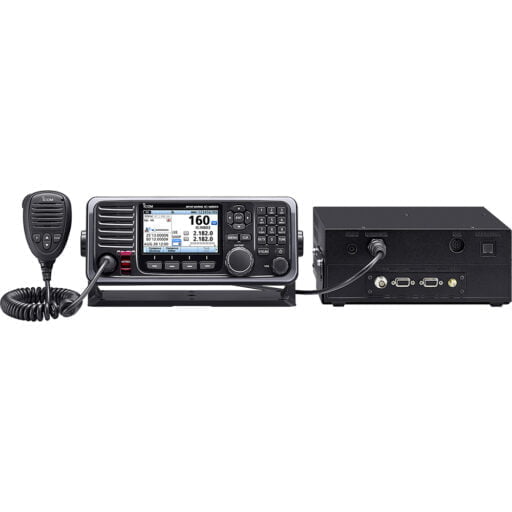Marine Communication Guide
Marine Communication: Ensuring Safety and Connectivity on the Water
Introduction
Clear and reliable communication is vital for a safe and enjoyable boating experience. Whether you're navigating coastal waters or venturing out into the open sea, effective communication ensures efficient coordination, timely updates on weather conditions, and swift response in case of emergencies. In this comprehensive guide, we will explore the various methods of marine communication, from VHF radios to satellite systems, enabling you to stay connected and informed while on the water.VHF Marine Radios
VHF (Very High Frequency) marine radios are the primary communication devices used by boaters for short-range marine communication. Here's what you need to know about VHF radios:- VHF radios operate on specific frequencies designated for marine use.
- They provide clear and reliable communication within a range of several miles, depending on the power output and antenna height.
- VHF radios are crucial for emergency communication, contacting other vessels, receiving weather updates, and obtaining information from marine authorities.
Using VHF Radios
To use a VHF marine radio effectively:- Obtain a VHF radio with proper certification and compliance.
- Familiarize yourself with the radio's functions and controls.
- Monitor the appropriate channel for communication or distress calls.
- Use correct radio etiquette, including proper procedures for making calls and responding to other vessels.
- Keep conversations brief and to the point to avoid congestion on the channel.
EPIRBs and PLBs
Emergency Position-Indicating Radio Beacons (EPIRBs) and Personal Locator Beacons (PLBs) are distress signaling devices that transmit a distress signal in case of an emergency. Key features of EPIRBs and PLBs include:- EPIRBs are registered to a specific vessel and automatically activate when submerged in water or manually activated in an emergency. They transmit a distress signal with GPS coordinates to rescue authorities.
- PLBs are smaller, handheld devices that can be carried by individuals. They are manually activated in an emergency and transmit a distress signal with GPS coordinates.
Using EPIRBs and PLBs
To use EPIRBs and PLBs effectively:- Register your EPIRB with the appropriate authorities and ensure it is properly mounted and accessible on your vessel.
- Keep your PLB in an easily accessible location and ensure it is fully charged before each outing.
- Activate the EPIRB or PLB only in a true emergency situation, as false activations can waste valuable resources and time for rescue authorities.
- Follow the manufacturer's instructions for testing and maintaining your EPIRB or PLB to ensure they are in working condition when needed.
Satellite Communication
Satellite communication systems provide global coverage and allow boaters to communicate even in remote areas where VHF radio signals may not reach. Here are some key satellite communication devices:- Satellite Phones: These portable devices use satellites to make voice calls, send messages, and access data services, ensuring connectivity regardless of location.
- Satellite Messengers: These compact devices enable two-way messaging and GPS tracking. They are often used for personal communication and providing updates on location during extended trips.
- Satellite Internet: Satellite internet systems provide internet connectivity on boats, enabling access to weather updates, online navigation services, and communication via email or other online platforms.
Using Satellite Communication
To use satellite communication effectively:- Choose a reliable satellite communication device based on your communication needs, coverage area, and budget.
- Familiarize yourself with the device's operation, including satellite acquisition, messaging, and call procedures.
- Ensure your device is adequately charged and has a clear view of the sky to establish a satellite connection.
- Understand the limitations of satellite communication, such as potential delays in message delivery or higher costs associated with data usage.
Marine Communication FAQ












